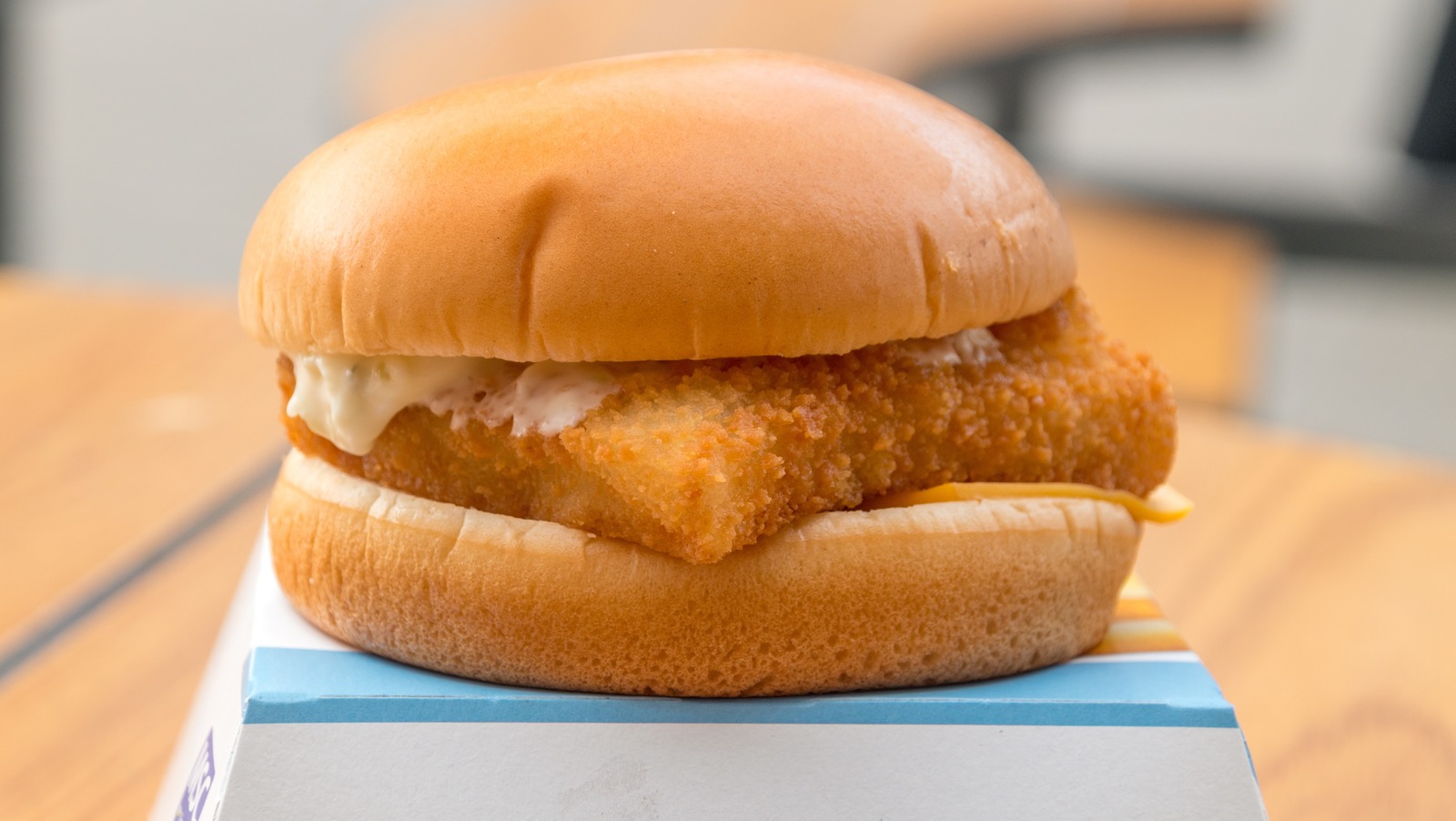What type of fish is in McDonald’s Filet-O-Fish?
Initially created to cater to Catholics on meatless Fridays, McDonald’s Filet-O-Fish has gained a dedicated following. But have you ever considered which fish is used in the sandwich? According to McDonald’s official site, all Filet-O-Fish sandwiches are made with Alaskan pollock. Not just any Alaskan pollock, but wild-caught Alaskan pollock obtained from sustainable fisheries.
However, the Filet-O-Fish was not always made from pollock. When it was first introduced in 1962, halibut was the original ingredient. The sandwich later transitioned to New Zealand hoki, which is also utilized by chains like Long John Silver’s. However, due to overfishing and a shrinking population, McDonald’s modified the recipe.
Many changes have occurred at McDonald’s in 2024, including a shift towards sustainability. This initiative involves reducing the use of virgin fossil fuel-based plastics in Happy Meal toys by 47.8%, establishing beef sustainability goals, and exclusively using Marine Stewardship Council-certified sustainable fish. Sourcing sustainable fish can be somewhat challenging, but it’s made easier when major chains like McDonald’s partner with eco-certified suppliers.
Alaskan pollock is both sustainable and boasts a subtle flavor profile.
McDonald’s choice to use Alaskan pollock stems from two primary factors: supply and sustainability. With over 14,000 locations in the U.S., the need for fish is substantial, and Alaskan pollock provides a naturally fast-growing population with closely managed numbers. Its mild flavor allows it to blend well with various ingredients, ensuring broad appeal.
New Zealand hoki was previously an ingredient in the Filet-O-Fish until the New Zealand government reduced the catch quota in the 2000s due to a dwindling population. Most of the fish sourced by McDonald’s come from fisheries that have received independent certification from the Marine Stewardship Council. These sustainability concerns limit the options for McDonald’s seafood sourcing.
These same factors drive most fast-food chains in the U.S. to opt for Alaskan pollock. If you’re searching for a non-pollock alternative, you’ll likely need to make your own fried fish sandwich.
Nonetheless, the use of Alaskan pollock in the Filet-O-Fish isn’t guaranteed. In 2022, McDonald’s Director of Sourcing, Jason Cervone, noted at the annual meeting of Genuine Alaska Pollock Producers that the chain was experiencing more challenges with the fish. Historically, the restaurant has shown flexibility in altering the Filet-O-Fish recipe to address supply concerns.
Exploring the international variations of Filet-O-Fish across different countries and cultures, showcasing unique ingredients and flavors.
Naturally, McDonald’s restaurants worldwide source their fish from various locations based on local pricing, preference, availability, and sustainability guidelines. Due to its proximity to the U.S., Canada also uses the same wild-caught Alaskan pollock for their Filet-O-Fish, as does Singapore. In Australia, the sandwich is prepared with both pollock and hoki, while in New Zealand, hoki is the primary ingredient.
It’s not just the sourcing that varies by country. In Canada, Singapore, and Austria, the Double Filet-O-Fish offers an additional portion. In some European nations, the Filet-O-Fish is replaced by the McFish, swapping tartar sauce and cheese for ketchup. In China, you can find the double-decker deep-sea cod burger, while Indonesia’s McDonald’s serves a fish filet burger using sustainably farmed tilapia. Alongside the classic Filet-O-Fish, Singapore also features the Black Pepper Cheese Filet-O-Fish, topped with black pepper cheese sauce and lettuce.




